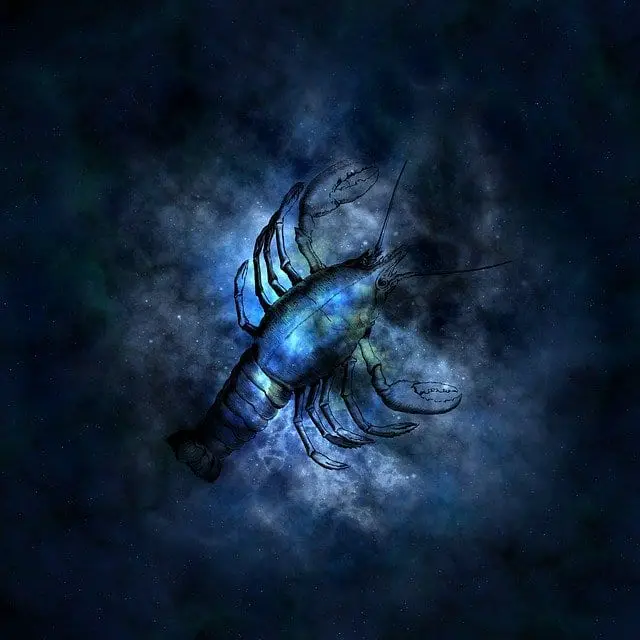Lobsters aren’t generally the first things to come to mind when you think of things that are blue. However, in June 2012, after the crew of the fishing boat, ‘Pot Luck’ managed to catch a rare blue lobster that was later named Toby, the world was mystified, as blue lobsters are some of the rarest creatures on the planet and it was a long time since anyone had reported catching one. While many lobsters tend to have blue patches on their shells, Toby was completely blue, and scientists were quick to start figuring out how that came to be.
It’s all in the genes
The research conducted by scientists into the blue lobster mystery ultimately concluded with findings that suggested that blue lobsters are the results of a major genetic defect that results in the excessive production of a specific protein, rendering the shell of the lobster completely blue. Blue lobsters rank among some of the rarest things that are blue, with rough estimates suggesting that one in every two million lobsters has a unique protein-related genetic defect.
Every lobster’s shell has both blue and red pigments. The red pigments are the result of astaxanthin, a molecule related to the molecule known as beta carotene. Beta carotene is abundant in carrots, and it is the reason why carrots appear orange in color. The molecule is also known for containing vast quantities of vitamin A. On the other hand; the blue pigments are the result of astaxanthin in combination with a protein, collectively known as crustacyanin. But how exactly does the genetic defect manifest?
The protein in crustacyanin pulls different astaxanthin molecules close to each other, resulting in significant changes in the molecular electrons’ orbits. As these changes occur, the molecules gradually become able to absorb more and more red light, resulting in a blue appearance. Genetic mutations in blue lobsters cause astaxanthin to be tied up to the crustacyanin thanks to the presence of an excessive amount of astaxanthin-wrapping proteins, which ultimately results in the lobsters appearing completely blue.
Blue lobsters on the dinner table
Blue lobsters aren’t just among some of the most remarkable things that are blue; they also make for filling and sumptuous dishes on the dinner table. However, the question is, do blue lobsters stay blue even after they have been cooked?
The answer to that question is a strict no. After blue lobsters are boiled and cooked, they end up looking like a normal red-colored lobster, and the reason for that is simple; as heat makes its way through the lobster when it is being boiled, the astaxanthin-wrapping protein is slowly broken down, gradually taking away the blue color of the lobster. After a blue lobster is fully cooked, you can’t really tell if it was ever any different from a normal-looking lobster.
Blue lobsters: The rarest of them all?
While blue lobsters have attracted a lot of attention for being rarities, they are not the rarest lobsters around. According to the estimates of The Lobster Institute of the University of Maine, red lobsters are rarer than blue lobsters, and the chances of catching them are one in 10 million. Even rarer lobsters are the calico lobsters or yellow lobsters and the chances of catching them, at one in 30 million, are way lower than both blue and red lobsters. The rarest lobster is perhaps the crystal lobster and scientists believe the chances of catching one are one in 100 million.
So far, scientists and research institutes agree that the estimates that they provide are only guesswork products based on reported findings of blue lobsters. However, there is no way to ascertain how many blue lobsters actually exist in our planet’s waters.
What happens to blue lobsters after they are caught?
Unlike more commonly found lobsters that typically find their way to dinner tables of people who have the money to afford them, blue lobsters are typically shipped off to museums or aquariums. It is incredibly rare for blue lobsters to be made available to people as food, but it has happened and the prices charged are typically double that of normal lobsters’ charges.
However, it makes very little sense to spend the exorbitant amount of money on eating a blue lobster because, as we’ve mentioned before, it will turn red once it is boiled and cooked, and it’s not like it will taste any different from a normal lobster as well.
For those who take an active interest in lobsters, blue lobsters have always been fascinating. With blue lobsters caught across different continents showing slight differences in their colors, more research will inevitably be conducted to determine what causes these differences. So if you’re keen on knowing more about rare things that are blue, expect more revelations about blue lobsters to come your way.




